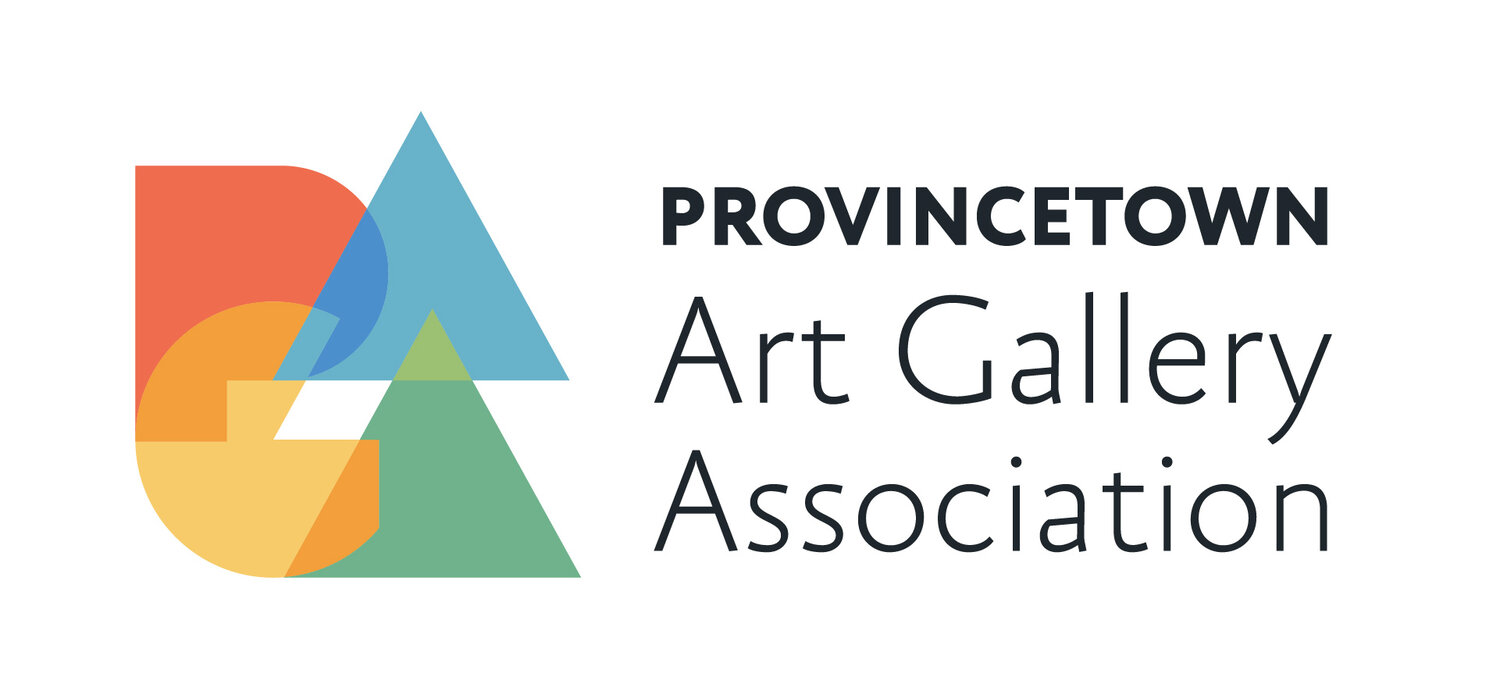AUTUMN WALLACE -
ODE TO THE MERCURY THERMOMETER
Reception Friday, October 22 6-8pm n presence of the artist.
Installation View
Gaa Gallery is pleased to present Ode to the Mercury Thermometer, a solo exhibition of recent paintings and sculptures by Autumn Wallace. This exhibition will be Wallace's second solo exhibition with the gallery and the inaugural exhibition of Gaa Projects. Located at Antwerpener Str. 4, 50672 Cologne, Germany, the exhibition opens with a reception from 6 to 8 pm on Friday, October 22, 2021 in presence of the artist. The exhibition will run through Saturday, January 8, 2022.
Nodding to the bygone and formerly ubiquitous household temperature teller, the works in Ode to the Mercury Thermometer build a narrative that explores obsolescence as a lived experience. Representing personal things, objects, spaces, and ways of being lost to time, in this exhibition, the mercury thermometer also speaks to ideas of perception and the interpersonal dynamics of truth. While the thermometer itself does not appear in Wallace's recent work, it provides the conceptual framework for the exhibition.
Wallace's new exhibition conjures images of figures twisted and entwined, circling dream states with fibrous tethers to our reality. The characters in Wallace's work are present in all their multiplicities. Ode to the Mercury Thermometer features Wallace's regular cast of extant cast of characters. Among the established characters are January, 18° (also known as Sapphire), Bowman, Taskrabbit, and Wendy. Characters new to the scene include Tyrone, Pattycakes, and her shadow, Brother Bear. In the stories of these characters, shadow-selves and biomorphic shapes merge with figures and beings in transient states. Upon closer examination, one finds a through-line: an object- a candle; an article of clothing- an oven mitt, a jeweled bandana, a USPS flat rate box fashioned as a mask or maybe a helmet. Through these characters, objects, forms, textures, and colorways, multi-dimensional narratives emerge and carry through one painting to another. The narratives are intricate. Bodies flow from one state to another, between thresholds of pleasure and peril.
Rather than rendering space with clear markers of the landscape or interior structures, Wallace's recent paintings have moved into a psychological pseudo-reality where a room is built by suggestion. Space is made in the voids between bodies. Alluding to Sachplakat, interiors are created with symbols of architecture pared down to imply space. A bearskin rug with a chance for redemption. Textured flooring supersedes current interior design trends to foreground historical references to the conflict architecture of Hadrian and the history of Terrazzo flooring. Dynamic light cascades across surfaces, coming from a light source off-screen. Animate and inanimate objects both become active entities. In these collisions between bodies, objects, and architecture, the viewer becomes a participant, underscoring the tension between seer and seen.
Conceptually Wallace's work is influenced by psychologically driven theories of the self and is motivated by a broad survey of high and low brow visual culture. Deconstructing academic and theoretical understandings of experience, Wallace's paintings favor depicting lived experience in order to uplift, imagine, and realize a philosophical and semiotic aesthetic of the Black femme experience. With an ongoing engagement with the history of painting, particularly the genres of figurative and narrative art, Wallace's work undoes the perspective of the gawking Frenchman rendering bodies passive and languid. Instead, Wallace's work builds images that art history left out and creates narratives where individuals are empowered and rendered in action.
Drawing strongly from personal history, art-historical movements, and folkloric traditions, the works in Ode to the Mercury Thermometer cite a range of influences. From Gullah folktales to Greek mythology. Edo period paintings and woodcuts to Rococo and the Golden Age of Dutch painting. Abstract Expressionism, namely the work of Rothko to the political satire of bygone eras, Wallace uses the past to examine reoccurring elements of contemporary culture and to create narratives that have been historically omitted. In their most recent work, Wallace has also sought to incorporate archaic and obsolete forms of technology and communication to comment on obsolesce and how the things, images, and ideas around us become antiquated, consumed by, and lost to time.
Autumn Wallace (b. 1996, Philadelphia, PA) is a visual artist who examines the black femme experience and constructs of femininity and the subsequent dynamics of power, sexuality, and inexorable vulnerability. Wallace is a recent graduate of the Tyler School of Art at Temple University. Recent solo exhibitions include How to Hug Yourself: Ten Steps (with Pictures), Gaa Gallery, Provincetown, MA, USA; #THECONTAINTERSTORE, Fine Arts Work Center, Provincetown, MA, USA; #MAJORSEXUALCHEESEFETISH, Portside Art Parlor, Philadelphia, PA, USA; How Could I Say No To You?, HOUSE Gallery, Philadelphia, PA, USA; and #SingleWithPets, Stella Elkins Gallery, Philadelphia, PA, USA. Wallace is the recipient of numerous fellowships, including residencies at the Bed Stuy Artist Residency, Brooklyn, NY, USA; Fine Arts Work Center, Provincetown, MA, USA; LungA School, Seyðisfjörður, Iceland; Massachusetts Museum of Contemporary Art (MASS MoCA), North Adams, MA, USA; the Vermont Studio Center, Johnson, VT, USA; and Yaddo Saratoga Springs, NY, USA.
